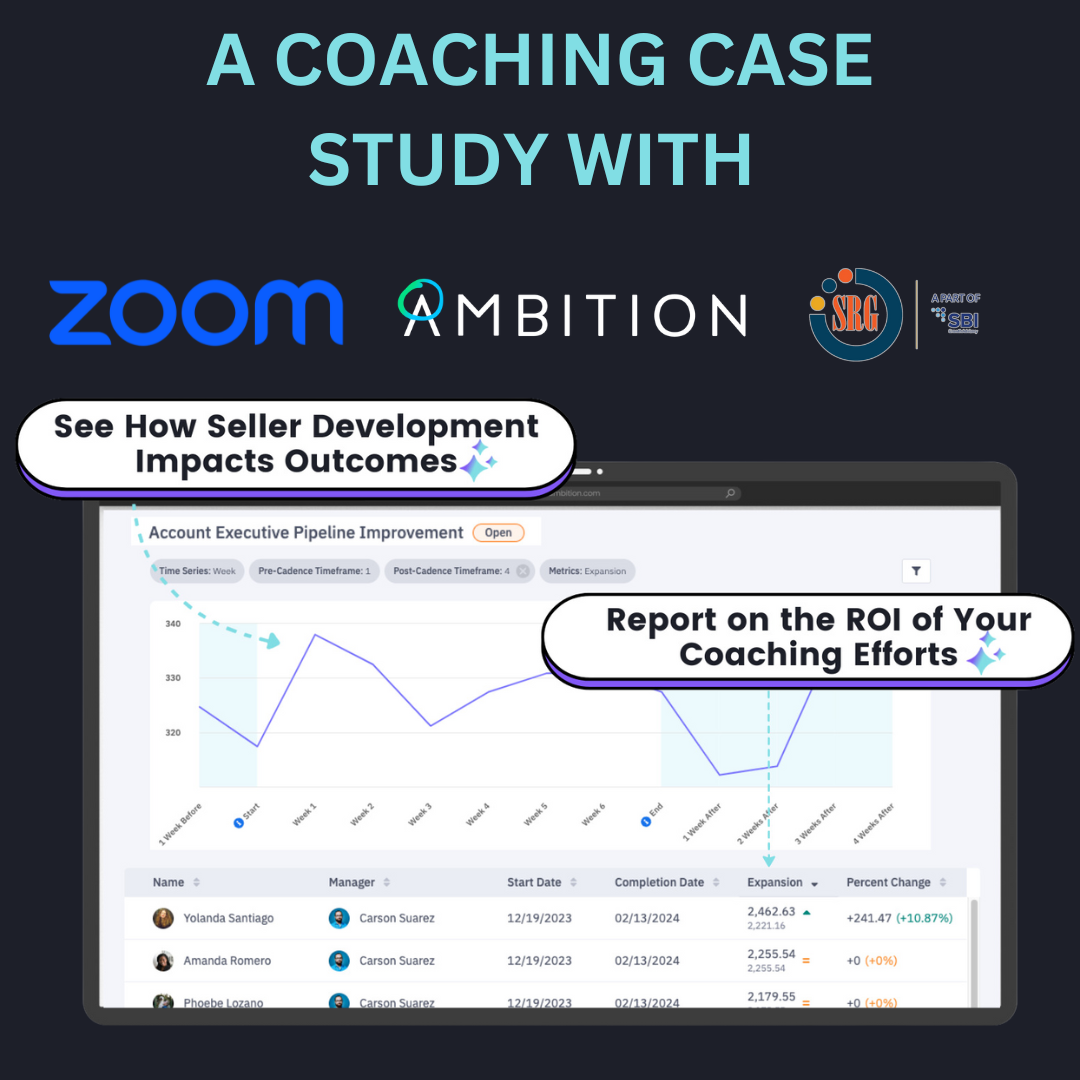New year = new sales results. Right?
Wrong — that is, unless you’re making some big changes.
Like any resolution, you can’t rely on magic and miracles. Think about your new year’s diet — yes, we’re right there with you (and of course, it’s entirely possible that all of that holiday weight gain is just muscle). But if you’re hoping to tighten and tone, and you’re still eating late-night pizza: well, you see where we’re going here. Expecting new results when you’re doing the same old thing is just setting yourself up for disappointment.
So here’s a better, truer equation:
new year + new habits = new results.
Establishing better habits is the surest way to get the results you want to see — whether you’re looking at your scale or your sales floor. What’s more: a habit, by definition, is a practice that’s hard to give up. So smart habits lead to positive change that lasts.
In our world, we’ve found that sales scorecards are the ticket to kicking bad habits and putting new ones in place, fast. Here’s what scorecards can do for you in 2019.
1. Drive Salesforce Utilization
We know it’s a constant battle to get your employees to consistently track their activities in Salesforce (or whichever CRM you’re using). Scorecards can be a powerful way to encourage Salesforce adoption — if you know how to use them.
The underlying metric targets in your scorecards should be based on specific (important) objects in Salesforce. When you tie an activity level to the core Salesforce fields/progressions, you’ll create a feedback cycle that equates “success” with “completion of the necessary Salesforce processes.”
2. Increase Activity Levels
Sales Scorecards should be customized based on the “roles” in your organization. If you assign each role a job-specific level of achievement on daily/weekly/monthly basis, reps have clear KPIs to work against.
That means your understand reps which behaviors matter and where they should be focusing their time and energy in order to ultimately hit The Number. It’s amazing what that level of transparency can do for your team: suddenly, there’s a very direct and attainable path to success, and when that happens, activity levels inevitably rise — often dramatically.
3. Improve Forecasting
It’s week two of January. How confident are you in your forecast?
If your data isn’t reliable, and your team isn’t consistent, then your forecast is really just a guess. But if your team is tracking the way they’re supposed to track, and their activities levels are consistent, or even (gasp!) on the rise, then your aspirational forecast just might come to fruition — and that very full pipeline becomes much more than a pipe dream. Here again: it’s all about leveraging your scorecards.
If you’re ready to get started: learn more about Ambition’s scorecards and how they can help your team grow in 2019.
 Back
Back



